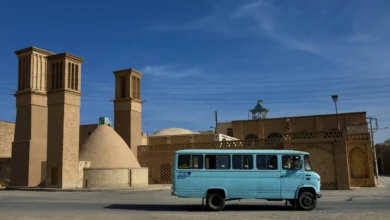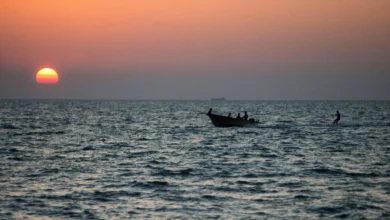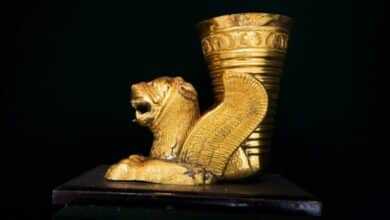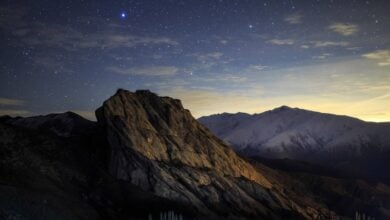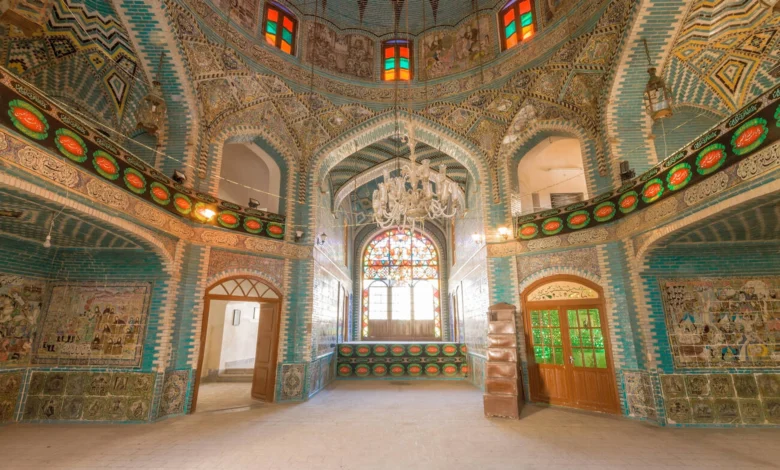
In the historic city of Kermanshah, Iran, the Moaven al-Molk Tekyeh stands as a vibrant testament to the country’s rich cultural and religious heritage. This Qajar-era masterpiece is far more than just a building—it’s a living canvas where sacred rituals and stunning artistry come together in a breathtaking display.
Renowned for its exceptional tilework, the Tekyeh showcases vivid scenes from Islamic history, including the poignant Battle of Karbala, alongside images of ancient Persian kings and iconic landmarks like Persepolis. For travelers, cultural enthusiasts, and history buffs, a visit to this extraordinary site offers an unforgettable journey into the heart of Iran’s past and present.
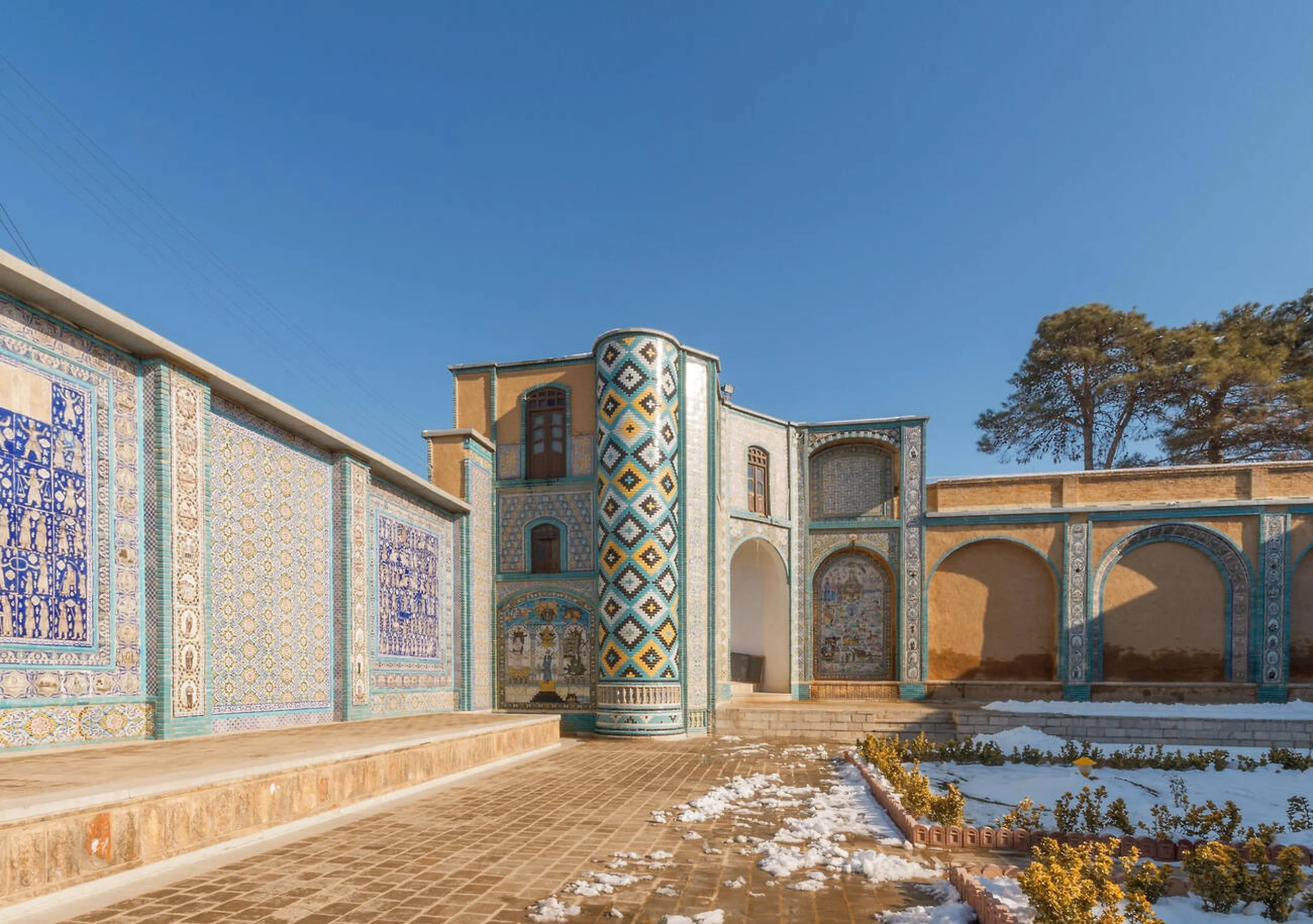
Contents
A Journey Through History
The story of the Moaven al-Molk Tekyeh begins in the late 19th century, during Iran’s Qajar dynasty. Commissioned by Hussein Khan Moaven al-Molk, the structure was completed by his son, Hassan Khan, and officially inaugurated in 1902.
From the moment it opened its doors, the Tekyeh became a central space for Shia mourning rituals, particularly during the month of Muharram, when the martyrdom of Imam Hussein—a foundational figure in Shia Islam—is solemnly commemorated.
Over the decades, the Tekyeh has endured challenges, including damage during Iran’s constitutional revolution, but dedicated restoration efforts have kept its legacy alive. In 1975, its cultural and historical importance was formally acknowledged when it was designated a national heritage site, securing its place as a treasure of Iranian history.

The Art of Tilework
What makes the Moaven al-Molk Tekyeh truly stand out is its mesmerizing Persian tilework, a vibrant blend of color, craftsmanship, and storytelling. The walls are covered with intricate mosaics that bring to life key moments from the Battle of Karbala, a pivotal event that shapes Shia identity.
These religious scenes are paired with depictions of Iran’s storied past, including portraits of Achaemenid kings and the majestic ruins of Persepolis, reflecting the nation’s deep historical roots. Crafted by master artisans like Hossein Naghash Tehrani and Seyyed Abolghasem Mani, the tiles use natural colors and employ relief and semi-relief techniques to create a striking three-dimensional effect.
This artistry doesn’t just decorate the space—it serves as a visual chronicle, inviting visitors to explore the intertwined narratives of faith and heritage that define Iran.
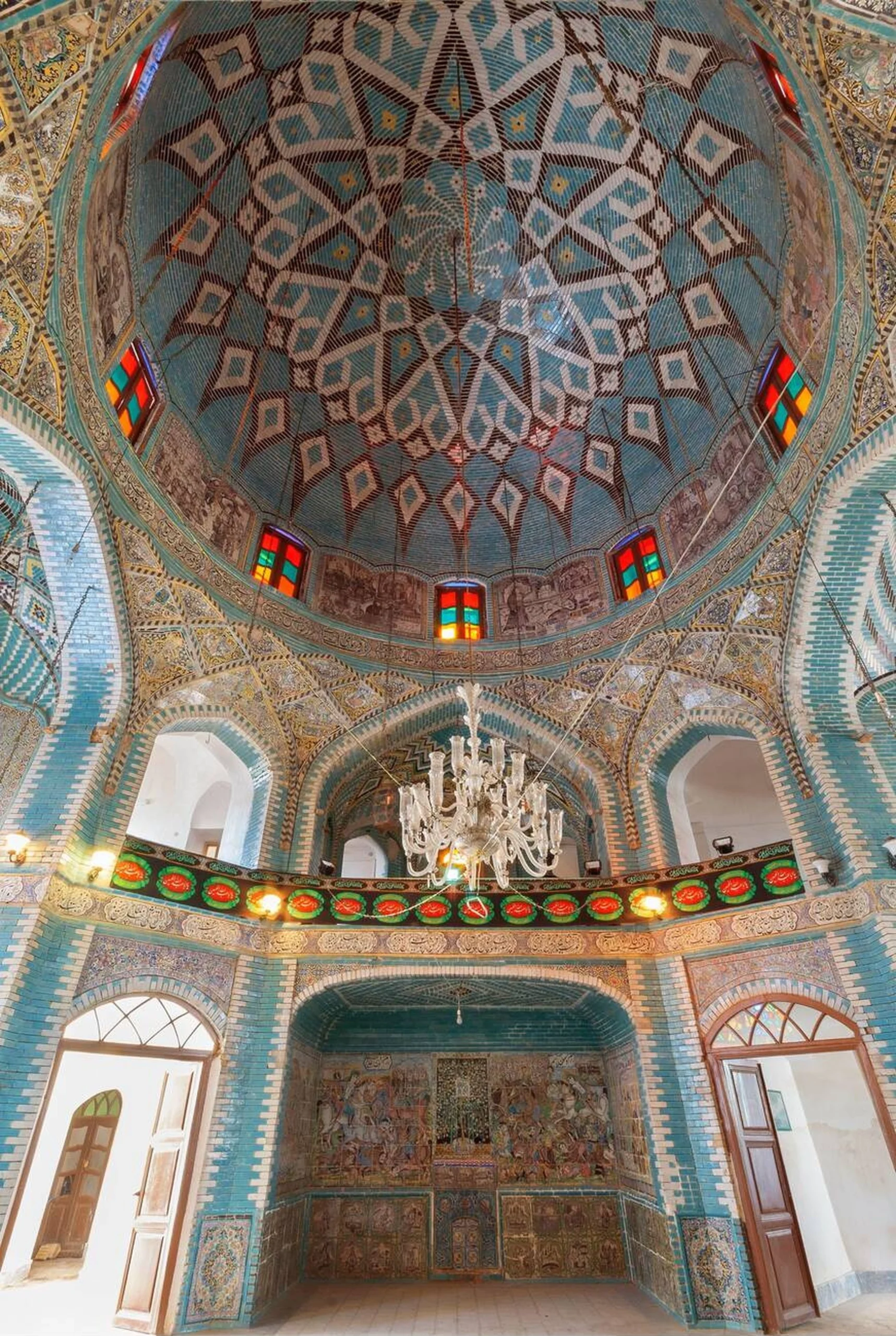
Sacred Spaces and Rituals
The Tekyeh is thoughtfully divided into three distinct sections, each with a unique role in the religious ceremonies that animate this sacred space:
- Hussainiya: The heart of the complex, this is where the main mourning rituals unfold. Here, the community gathers to recite elegies, perform recitations, and honor the sacrifices of Imam Hussein and his companions at Karbala.
- Zaeynabiya: Named after Zainab, the sister of Imam Hussein, this smaller area is often reserved for women’s gatherings, offering a private space for them to engage in the rituals with dignity and reverence.
- Abbasiya: Dedicated to Abbas ibn Ali, a heroic figure from the Battle of Karbala, this section has evolved over time. Today, it houses the Museum of Anthropology and the Clothes and Jewelry Museum, enriching the visitor experience with insights into Kermanshah’s cultural heritage.
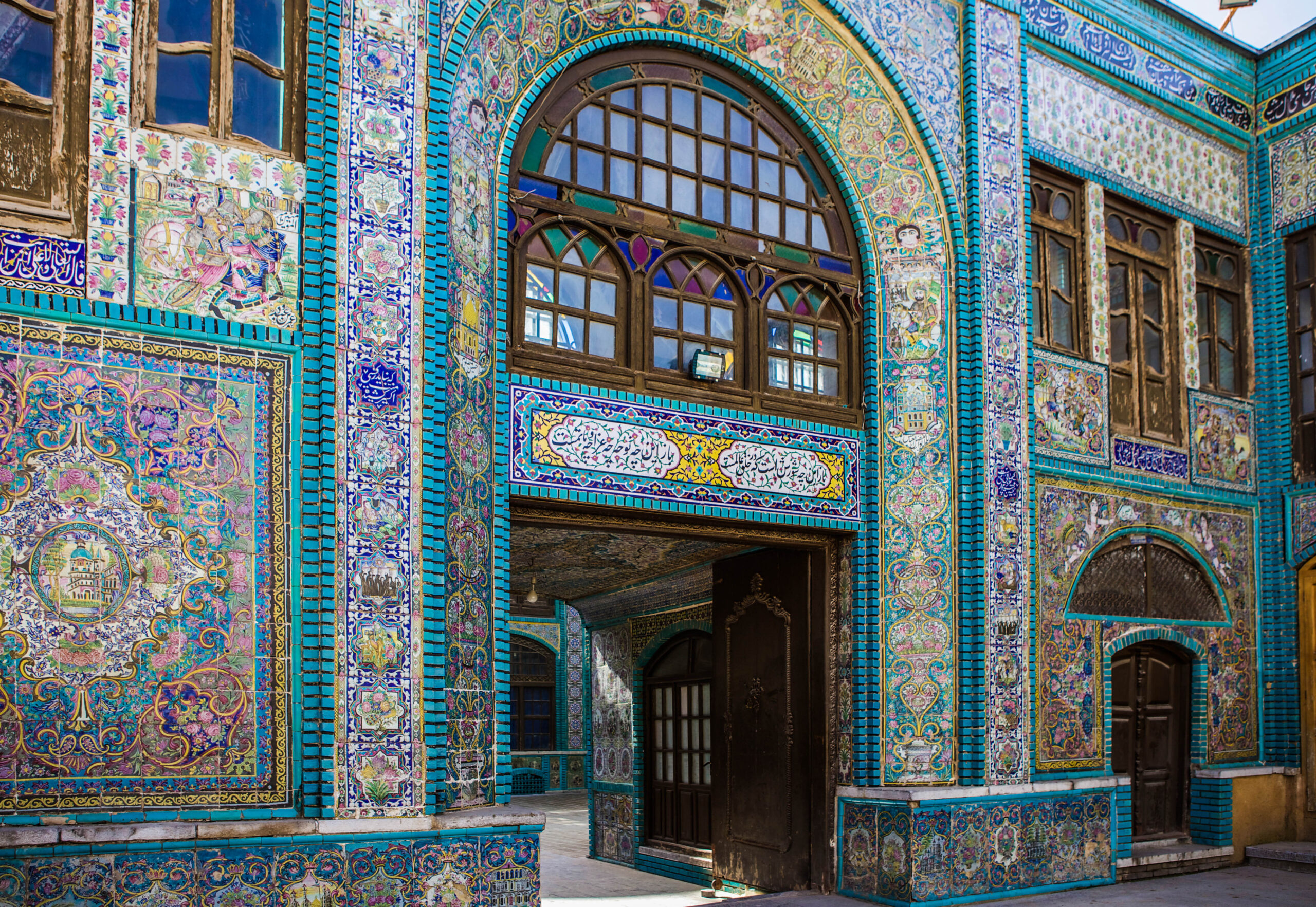
During Muharram, the Tekyeh becomes a vibrant hub of spiritual energy. Mourners clad in black fill the spaces, their voices rising in rhythmic lamentations as they recount the tragic events of Karbala. The air carries the scent of rosewater, and the vivid tiles seem to resonate with the intensity of the rituals.
For those fortunate enough to witness these Muharram ceremonies, the experience is profoundly moving, offering a rare glimpse into the soul of Iranian Shia culture.
Location
Planning Your Visit
For travelers eager to explore this cultural gem, the Moaven al-Molk Tekyeh is located in the Abshouran neighborhood of Kermanshah, just a short distance from the city center. Kermanshah is well-connected, with flights from major Iranian cities landing at its airport and highways linking it to the broader region, making it an accessible stop on any Iran tourism itinerary.
The best time to visit Moaven al-Molk Tekyeh is during the cooler months, from October to April, when the weather is mild and comfortable. For those hoping to experience the Muharram ceremonies firsthand, plan your trip to coincide with the first ten days of the Islamic month of Muharram—though be prepared for large crowds and an emotionally charged atmosphere.
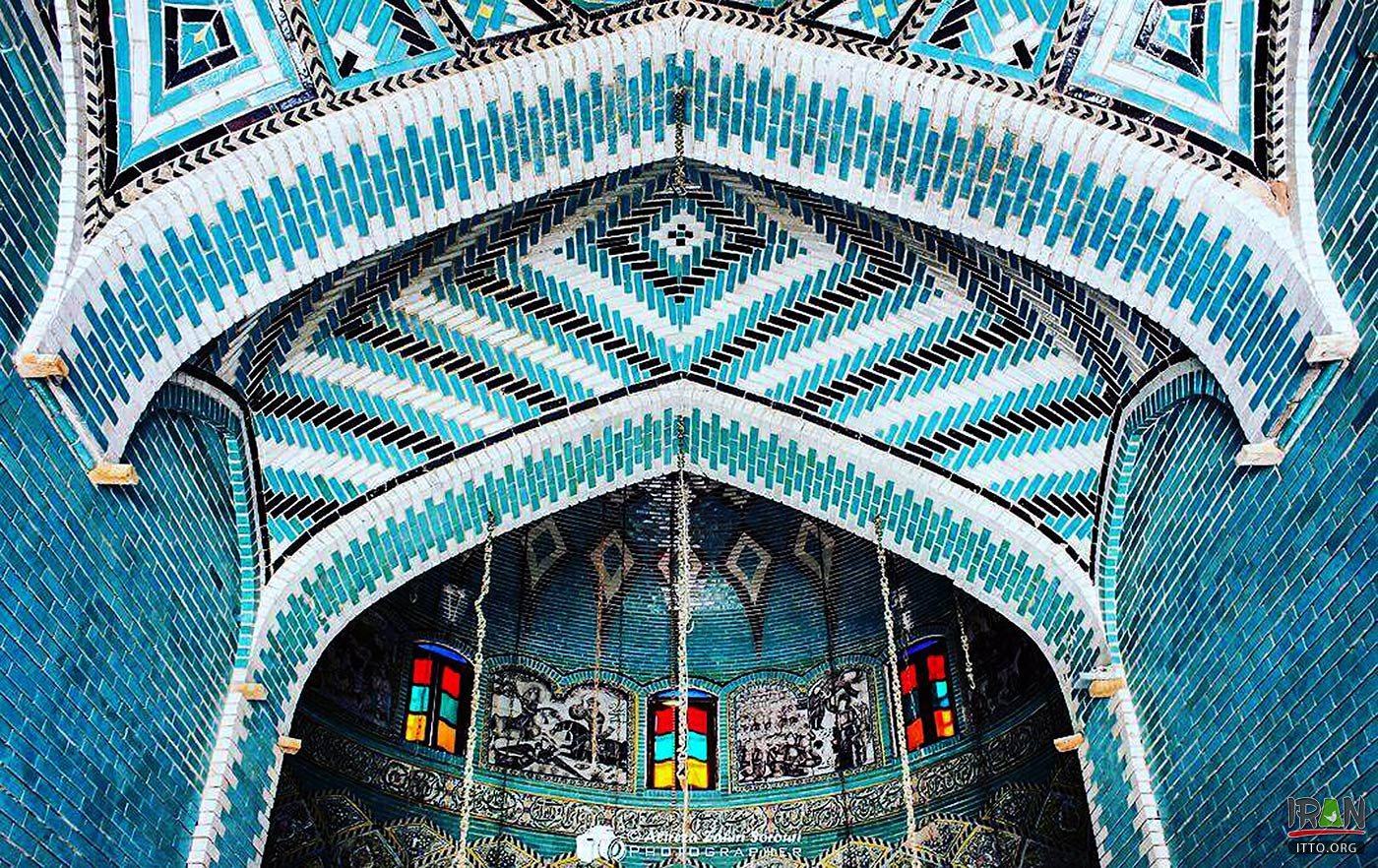
Entry to the Tekyeh is typically free, though donations are appreciated to help maintain this historic site. To deepen your understanding, consider arranging a guided tour through a local travel agency, which can offer expert insights into the Tekyeh’s history and significance.
When visiting, dress modestly to respect the site’s religious nature, and remain sensitive to local customs, especially during religious observances. The fame of Moaven al-Molk Tekyeh has even spread to social media, with platforms like X buzzing with posts from travelers marveling at its exquisite tiling and cultural importance.
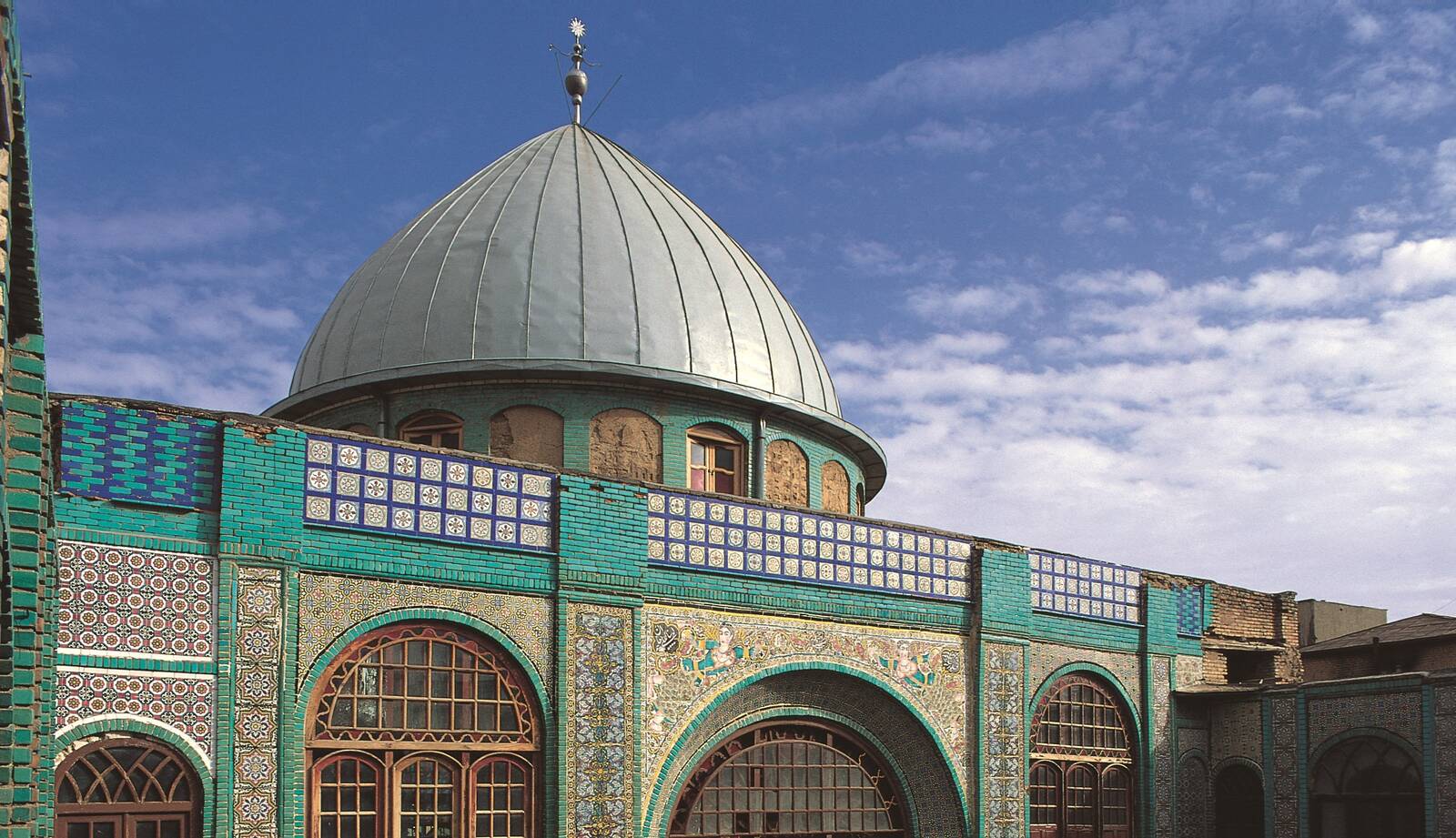
Conclusion
The Moaven al-Molk Tekyeh is far more than a historical monument—it’s a living, breathing cornerstone of Iran’s cultural and religious identity. Its stunning Persian tilework and sacred Shia mourning rituals weave together art and devotion in a way that captivates the senses and stirs the soul.
Whether you’re drawn by the intricate beauty of its Qajar architecture or the profound depth of its spiritual traditions, a visit to this Kermanshah landmark promises an experience you won’t soon forget. As one local artisan beautifully said, “The Tekyeh is like a book; each tile is a page telling a story of our faith and history.
To walk through it is to read the soul of Iran.” So, pack your bags, step into this colorful world, and let the Moaven al-Molk Tekyeh leave its mark on your journey through Iran.


